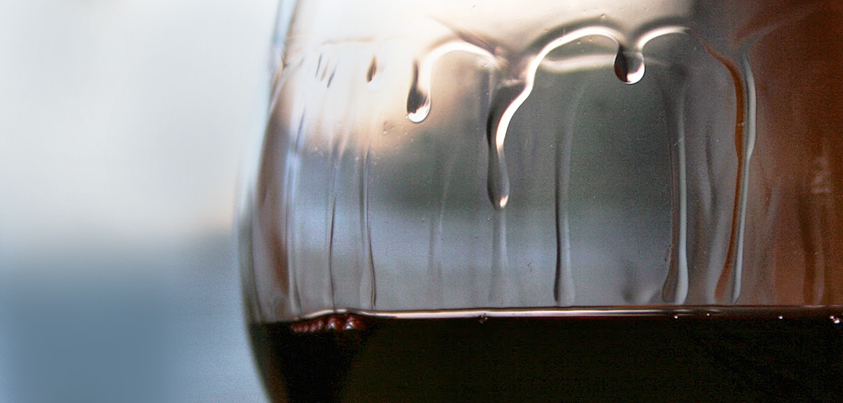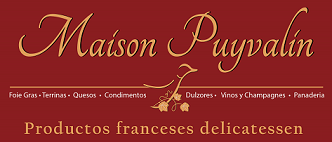- Maison Puyvalin
- Wine, oenology and tasting
- 0 likes
- 4341 views
- 0 comments
Welcome to this fascinating journey to the heart of the colors of wine. Understanding the color palette of wine is essential to fully appreciate its character and history. Today we are going to explore in detail how the tones and intensities of colors tell us about each drop of this nectar.
The Color Show: A Clue to Age and Style
The center and the disc: a window to wine
Looking at the center and disc of the wine we perceive clues about its age and style:
-
Red Wines :
- Young : Bright violet tones.
- Aged : Shades from maroon to orange-brown, signs of maturity.
-
White Wines :
- Young : Colors ranging from pale green to lemon yellow.
- Aged : Golden to amber tones, indicating maturity or barrel aging.

Note on wine age
An “aged wine” does not necessarily mean a wine that is more than 10 years old. The speed at which a wine ages depends on its structure and how it has evolved. Some wines peak more quickly and are best enjoyed in their youth, while others can improve over several decades.
Color intensity: an indicator of structure
- Reds : A deep, intense color suggests a wine rich in tannins, with promising structure and aging potential. A lighter red may indicate a fresher and fruitier wine, to be consumed young.
- Whites : Whites with more intense colors can reveal barrel aging or advanced maturity, offering complexity and aromatic richness.
Color: A story of flavors and origins
- Cherry Red : Characteristic of young and fruity wines.
- Garnet Red : Associated with more mature wines, with evolved notes of undergrowth or candied fruit.
- Yellow green : Indicative of young and fresh whites.
- Golden yellow : Sign of a white that has developed complex aromas, often with barrel aging.
The color of pink
The rosés, with shades ranging from pale pink to cherry red, depend on the contact time between the must and the grape skin. A pale rosé usually indicates a lighter, more delicate wine, while a deeper color suggests more body and flavor.
Wine Tears: A Clue to Texture
The tears or legs that run down the sides of the glass after turning it are a fascinating sight. They provide information about the alcohol and glycerol content of wine:
- Thick, slow tears : Indicates a rich wine, potentially with high alcohol content and/or high sweet content.
- Fine and quick tear : Suggests a lighter and less alcoholic wine.

The effervescence: the dance of the bubbles
- In sparkling wines, the size and persistence of the bubbles are revealing. Fine, persistent bubbles are usually a sign of high quality, typical of traditional fermentations such as champagne.
An important detail about bubbles
The number of bubbles visible in a glass depends in part on how clean the glass is. A perfectly clean glass reduces the appearance of bubbles! Therefore, it is more judicious to appreciate the bubbles directly in the mouth, assessing whether they are delicate, aggressive or soft.
In conclusion: every color tells a story
The color of a wine is a subtle language that tells us about its past and its potential. By mastering this art, each taster can begin an intimate dialogue with each glass of wine, discovering the secrets hidden in its nuances.
Stay with us in the next step of this series: we will delve into the world of aromas and discover how the nose reveals the secrets hidden in each glass. Join us to continue awakening your senses and refining your palate. Health !
[Next article: “Wine Tasting: The Ballet of Aromas”]

Comments (0)